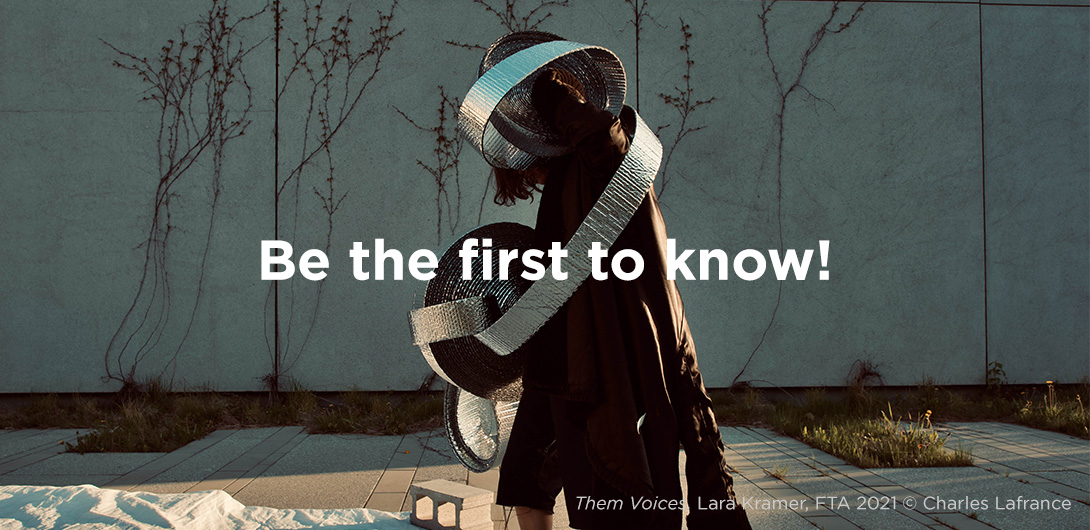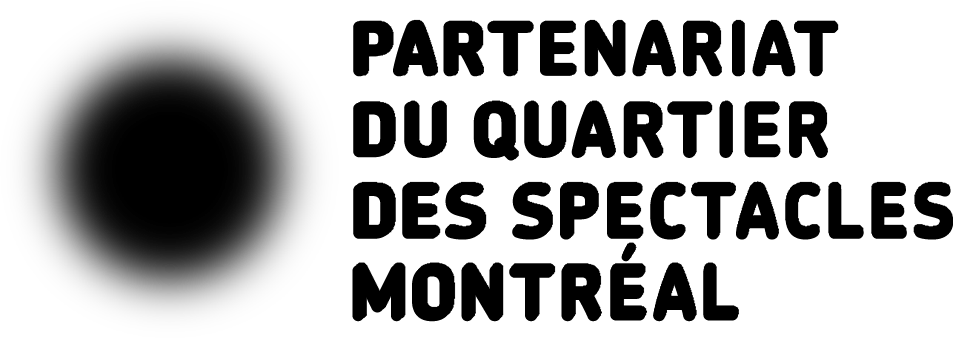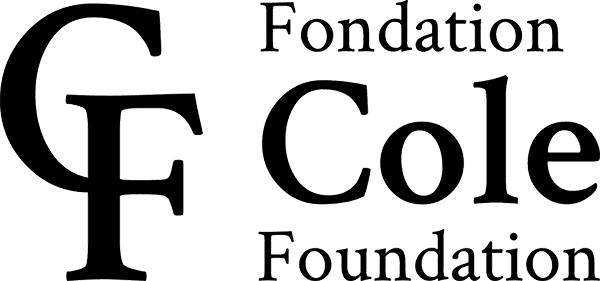L’homme rare is your first work with men. What motivated this decision?
Yes, it’s a work featuring guys from Lebanon, France, Ivory Coast, and Mali. I called the piece L’homme rare (“The Rare Man”) in reference to the history of slavery, to the period when people came in search of plump, muscular slaves, who were assigned tasks based on their body type. Today, major Western countries are coming to grab raw materials in Africa instead. L’homme rare is a way of paying tribute to those black people who were treated as raw materials. I asked myself how the West views the black body, and vice versa… What is the audience looking for in the black body? I realized that it’s not just them who have to answer—we do too, by interrogating how we view the West.
I also asked myself if the “rare man” existed. I don’t know how to answer except to say that the spirit has no colour. That’s why the men in this piece are not all black; I chose them from people that I had met. I don’t like holding auditions. But they were all selected in the same way: by touching their butts!
From the first seconds, we’re caught up in the pleasure and joy that the five performers take in dancing. Is this an inherent value of your work?
It always starts with pleasure. And at the beginning of this piece, set to reggae, the performers dance as if it’s their last dance. That was the instruction I gave them: to dance like it was the last time and make sure people remember it. I tell the dancers that their mission during this reggae music is to make the audience feel like they’re on the stage. With that music, it was if I imagined the whole world dancing to reggae.
I always like to begin without feeling pressure. I thought that these men could be naked and comfortable on stage. I didn’t ask myself how to go about it, or even if it was possible. I let it happen… What matters to me is to create an atmosphere, a mood, an energy, which is also related to the mix of different cultures.
The back erases identity, while nudity exposes the body. What interests you about this double radicality?
When someone says to a man that he has a nice butt, he has big buns, it’s like they’re robbing him of his dignity. One day, a spectator told me she still felt there was virility in the piece, so I asked her what virility was. Women have their own virility, too. People always speak of the virility of men and the fragility of women, but we all have a vulnerability in us. L’homme rare explores that ambiguity, found in both masculinity and femininity.
The nudity also evokes that of slaves, while, in a way, the back signifies political men. Before an election, they stand facing us, mouths filled with promises. But after the election, you realize that during their campaign, they were talking out their ass! So I’m curious to know what goes on in front of us. There’s something mysterious about showing us only your back. L’homme rare is also about unravelling that mystery, breaking that code.
Your work deconstructs the representation of the body and presents a multiplicity of figures without descending into cliché, particularly through the use of the fabrics. Could this be described as a work about transformation?
Yes, and that’s important. If we don’t succeed in transforming ourselves, it’s not worth the effort. I don’t have time to feel sorry for myself. We’re naked when we’re born and naked when we die. The white fabric greets us when we’re born, and it leaves when we do. How does it accompany us until the end of our life? The fabrics produce a variety of images and figures, but I don’t like to name them—I let the spectators see what there is to see. With the back and the nudity, I push them into adopting the position of a voyeur. That forces them to ask themselves questions about their gaze and their own body. That’s what I’m inviting the audience to do.










